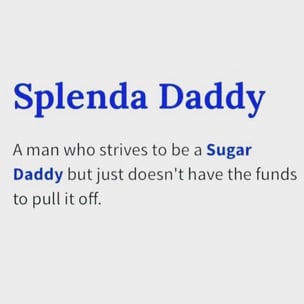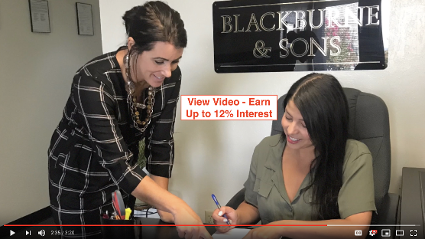 There a lot different ways to earn income on a commercial loan. You have the interest rate on the face of the note. You have the discount for which you might have purchased an existing commercial loan. You have the late charges. You have the prepayment penalty. You have default interest rate and maybe even a late charge on the balloon. You have the exit fee.
There a lot different ways to earn income on a commercial loan. You have the interest rate on the face of the note. You have the discount for which you might have purchased an existing commercial loan. You have the late charges. You have the prepayment penalty. You have default interest rate and maybe even a late charge on the balloon. You have the exit fee.

By the way, an exit fee - maybe five points - is like a prepayment penalty, except the lender is entitled to his exit fee whether the commercial loan is paid off early, late, or exactly on time. Think of an exit fee like gum on your shoes. No matter what you do, you can't get rid of it.
Why would a lender charge an exit fee on a commercial loan? Maybe the commercial loan is exactly 75% loan-to-value on a commercial property, and there is not enough room for even loan points. The lender has to wait until the end to get his loan origination fee.
More commonly the deal is quite risky, and the lender will only make the commercial loan if he enjoys a huge return. The exit fee is a yield sweetener that bumps up the return to the lender.

Why not just increase the interest rate? Usually the answer is that the property cannot service the debt initially.
Example:
Roger and his partners are experts at buying distressed apartment buildings in low-income, blue-collar areas and then turning them around. They get a chance to buy a rundown 400-unit apartment project that originally cost $25 million to build for just $10 million. Only 35% of the units are habitable.
Roger goes to several banks for a commercial construction loan to buy and renovate the property. The bankers drive by the property and flee in terror. Many bridge lenders do the same thing. Finally they locate a capitalistic bridge lender who wants a 22% return.

They structure their commercial loan with an 8% coupon rate, six origination points, and an exit fee of six more points for one year. They can't have a higher interest rate than 8% because, at a 35% occupancy rate, the property doesn't generate enough cash flow to make higher interest-only monthly payments.
Roger, his partners, and their established crew of workman tear into the property, and within five months, the project is looking like a decent place to live. The lowlifes are evicted, and new tenants arrive in droves. At the end of one year, Roger and his partners refinance the now-handsome property with a traditional lender and pay the capitalistic bridge lender his $8 million commercial loan, plus his exit fee of $480,000 (six points).

Coupon Rate:
So what is a coupon rate?
A coupon rate is the yield paid by a fixed-income security - in this case, a commercial loan. A fixed-income security's coupon rate is simply just the annual coupon payments (interest payments) paid by the issuer relative to the bond's or commercial loan's face or par value. The coupon rate is the yield the bond paid on its issue date.
Example:
In 2004, General Motors issues a 20-year debenture at 6% interest. A debenture is simply an unsecured corporate bond. The coupon rate is 6%; i.e., the holder of the debentures enjoys 6% interest payments.

The average hard money broker makes ten-times
what a desk-and-a-phone mortgage broker makes.
Fifteen years later, General Motors only has to pay 2.875% on any new five-year debentures. This makes those old 6% debentures worth a fortune because the coupon rate is so high.
The old 6% debentures are actually selling at a premium in the secondary market. A premium occurs if a buyer of these old debentures pays more than their face value. A buyer might pay $115,000 for a $100,000 debenture because he gets to enjoy a 6% coupon rate for the remaining five years of the term. Because he paid an 15-point premium, the new investor's yield-to-maturity might be just 3.0%.
Bottom line:
The coupon rate is just the interest rate on the face of the note.




















